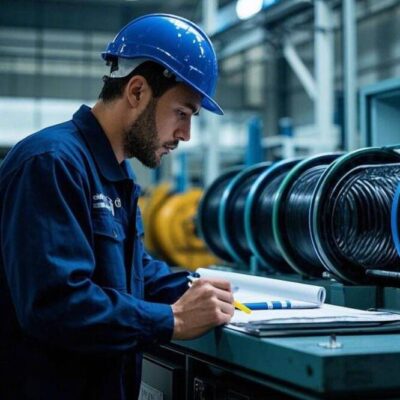Endoscopic technology is an emerging minimally invasive method that has the advantages of less trauma, less pain, faster recovery, and less impact on appearance. Specifically, it uses a scope that can be sent into the body cavity to conduct visual inspection and The technology of Taiwanese therapy is divided into two types: non-invasive and traumatic. The former refers to the direct insertion of the endothelium and is used to examine the cavities connected to the outside world, such as the digestive tract, gastrointestinal tract and urinary tract; the latter is A large speculum is inserted through the incision to examine closed body cavities, such as the chest, abdominal and joint cavities. This technology has developed rapidly in the field of human medicine, but its application in the field of animal medicine is relatively limited. Small animal endoscopy technology and human medical endoscopy technology are homologous, and both have undergone animal experiments during the laboratory research stage. In the 1970s, small animal endoscopy was first used to observe the lower respiratory tract of dogs and cats. In 1972, laparoscopy was first used to observe the liver and pancreas of small animals. In 1976, Johnson et al. first reported the use of gastrointestinal endoscopy in small animals. Initially gastrointestinal and bronchoscopy were most commonly used. At present, some developed countries abroad have carried out endoscopic exploration and multiple endoscopic surgeries in the field of animal medicine for cattle, horses, pigs, sheep, dogs and cats. Especially in developed countries in Europe and the United States, rhinoscopes, cystoscopes, colposcopes, otoscopes, thoracoscopes, arthroscopes and avian endoscopes are all routinely used in small animal surgical diagnosis and treatment in terms of hard or soft scopes, and are widely used by manufacturers. With the cooperation, new and practical minimally invasive instruments are constantly emerging, which greatly improves the level of small animal surgery. It is mainly used for animal pregnancy examination, disease diagnosis and treatment in large-scale breeding farms and large animal hospitals, as well as teaching and scientific research activities in higher scientific research institutes and institutes. This article will start from the following three aspects to review the application technology of endoscopy in small animal diagnosis and treatment, so that everyone can have a certain in-depth knowledge and understanding of endoscopy.
Reliable Low Voltage Power Cables for Global Construction Projects
Digestive tract endoscopy is divided into esophagoscopy, gastroscopy, duodenoscopy, colonoscopy, ileoscopy, etc. according to its diagnosis and treatment site. It mainly has the following functions: First, it is used for regular sound detection. The second is to use endoscopes to remove mucosal biopsies and diagnose the disease through laboratory tests such as staining and microscopy. The third is to carry out microscopic treatment with the help of endoscope. For example, microscopic resection of benign and malignant swelling and pain, microscopic suture ligation to treat hiatal hernia, microscopic duodenal papilla incision, microscopic removal of stones and gravel, microscopic stent placement, etc. From the perspective of its diagnosis and treatment site: gastroscopy is mainly used to check diseases of the stomach and duodenum, and can also check for foreign bodies in the trachea or esophagus. Gastroscopy is used to evaluate the animal’s food sensitivity through gastroscopy. Colonoscopy is performed primarily when dogs and cats present with chronic disease of the large intestine or rectum, and ileal endoscopy is performed when animals present with typical large or small bowel disease.
Global Construction Projects
Laparoscopy is used in small animal clinical diagnosis and treatment on the one hand for surgical operations such as sterilization, ovariohysterectomy, hysterectomy, gastric and cystopexy, etc. On the other hand, it is used for non-invasive organ evaluation, including liver, extrahepatic biliary system, pancreas, kidney, spleen, intestine and genitourinary tract. Laparoscopic biopsy has extremely minimal damage and has been widely used in scientific research on small animals.
Power Cables for Global Construction Projects
Pharyngoscope laryngoscopy is used to diagnose upper respiratory tract diseases in animals, eliminating the pain of rhinotomy in animals. Bronchoscopy can collect samples from the lower respiratory tract to better understand the pathology of the disease. Video otoscopy is also widely used in the treatment of otitis externa and otitis media in small animals. Arthroscopy will greatly promote the diagnosis and treatment of joint diseases.




